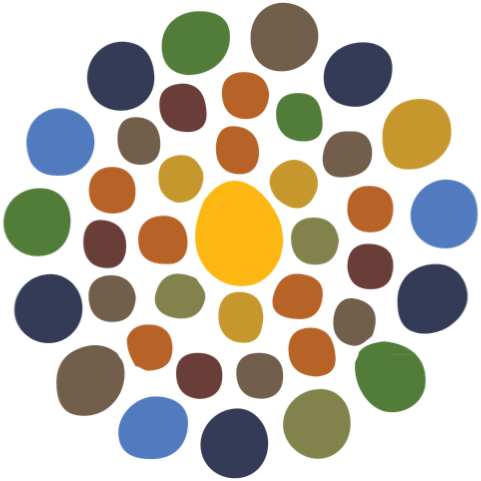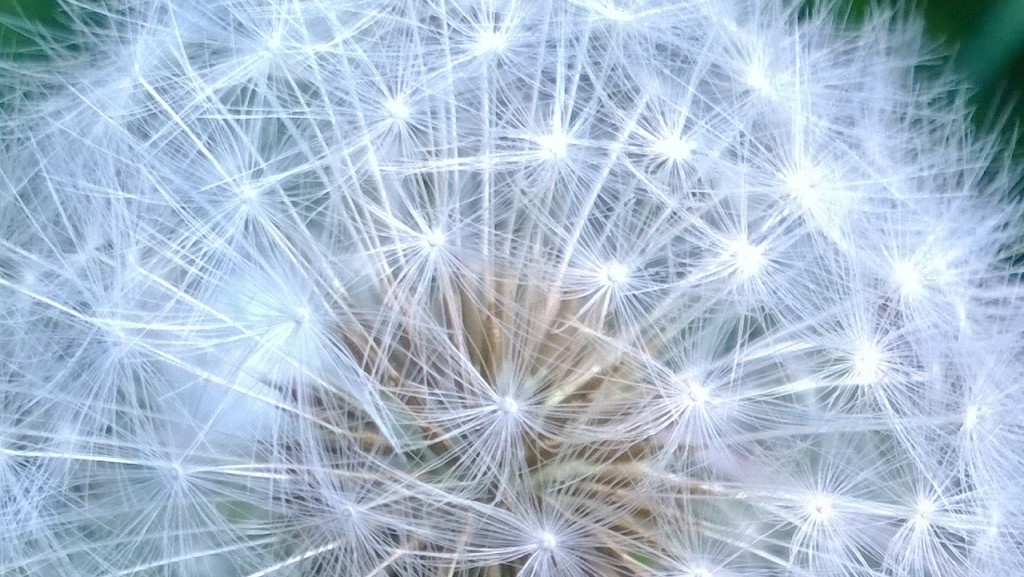The Natural Musicians activities cover almost all of the elements of the National Curriculum in a simple, enjoyable way.
The activities develops musical abilities, citizenship, numeracy, literacy, creativity, leadership, social skills and more. The advantage of the activities is that they are cross curricular and can be used as part of or form a scheme off work relating to a core subject – such as Numeracy or Science.
When we look at an object, what do we see? What sound would it make if you could hear it? Looking closely at nature and found objects we can see patterns, symmetry and numbers in the objects and be inspired by them to inform music making and movement. Through the activities we can engage in sequencing, handling data, do some measuring, look at ratios, geometry, solve problems, represent musical tracks in graphs and tables
By adding words to the sounds we enter literacy. By looking at what we have found, what it is, where it grows, how it grows and what part it might play in the ecosystem we enter the curriculum of science…
A high-quality music education should engage and inspire pupils to develop a love of music and their talent as musicians, and so increase their self-confidence, creativity and sense of achievement. [DfE, 2013]
When it comes to music The Natural Musicians system can deliver all of the above and following elements of the national curriculum (2014):
Performing, composing and listening
Pupils will:
a. sing in solo or group contexts, developing vocal techniques and musical expression
b. perform with control of instrument-specific techniques and musical expression
c. practise, rehearse and perform with awareness of different parts, the roles and contributions of different members of the group, the audience and venue
d. create, develop and extend musical ideas by selecting and combining resources within musical structures, styles, genres and traditions
e. improvise, explore and develop musical ideas when performing
f. listen with discrimination and internalise and recall sounds
g. identify the expressive use of musical elements, devices, tonalities and structures.
2.2 Reviewing and evaluating
Pupils will be enabled to:
a. analyse, review, evaluate and compare pieces of music
b. identify conventions and contextual influences in music of different styles, genres and traditions
c. communicate ideas and feelings about music, using expressive language and musical vocabulary to justify their opinions
d. adapt their own musical ideas and refine and improve their own and others’ work.
If you want any clarification of terms, read on!
(Group contexts: These include singing in unison and in parts.
Developing vocal techniques: This could include using the voice to make music in a variety of ways, for example different singing styles, rapping, beatboxing, choral singing, scat singing, chant and other vocal styles from around the world.
Create, develop and extend: This includes composing original music, arranging existing musical ideas and creating new pieces using a range of existing material.
Musical structures: These include popular song structures, binary form, ternary form, variations, rondo, raga and 12-bar blues.
Styles, genres and traditions: Different types of music across time and place (styles), music for different purposes (genres) and ways of working and producing music that may reflect a specific cultural or social function (traditions).
Musical elements: These include pitch, duration, dynamics, tempo, timbre, texture and silence.
Musical devices: These include repetition, riff, ostinato, call and response, canon, sequence, inversion, cyclic patterns and ornamentation.
Musical tonalities: These include major and minor keys, atonality, modulation and different types of scales.)

